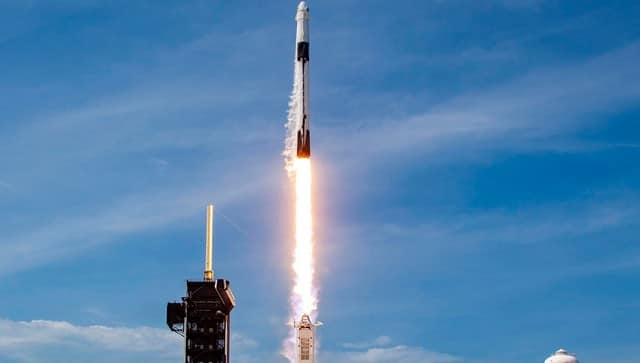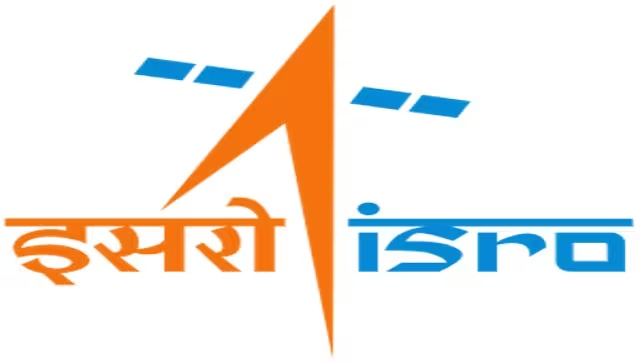India is set to launch its new satellite on a SpaceX rocket. Inda’s GSAT-20 satellite, also known as GSAT-N2, will be launched on SpaceX Falcon 9 rocket. But what is the GSAT-20? And what is the Falcon 9? When will it launch? Let’s take a closer look: What we know about GSAT-20 and launch The GSAT-20 is a 4,700-kilo communication satellite built by the Indian Space Research Organisation (ISRO). ISRO’s commercial arm NewSpace India Limited (NSIL) is planning to launch the satellite using the Falcon X in the second quarter of 2024, as per The Times of India. The satellite will look to fulfill India’s growing broadband connectivity needs. “NSIL will fully own, operate and fund the 4,700kg satellite, which can provide up to 48Gbps of capacity across 32 beams covering all of India including the Andaman, Nicobar, and Lakshadweep Islands,” the NSIL said in a statement.
“This cost-effective satellite will play a significant role in connecting remote and underserved regions of the country,” NSIL added
The satellite will also facilitate in-flight connectivity for aeromobile services using Ka band. The NSIL currently has 11 communication satellites in orbit. The NSIL said Indian service providers have already bought a bulk of the HTS capacity on-board GSAT-20 satellite but did not name the customers. What is Falcon 9? As per the SpaceX website, the Falcon 9 is a reusable, two-stage rocket. It has been designed and manufactured by SpaceX to allow people and payloads to be put into Earth’s orbit and beyond dependably and safely It is the world’s first orbital-class reusable rocket. [caption id=“attachment_13572912” align=“alignnone” width=“640”] The Falcon 9 rocket. Image courtesy: SpaceX[/caption] “Reusability allows SpaceX to refly the most expensive parts of the rocket, which in turn drives down the cost of space access,” the website states. The Falcon 9 is 70 metres tall and 3.7 metres wide.
The Falcon 9 rocket. Image courtesy: SpaceX[/caption] “Reusability allows SpaceX to refly the most expensive parts of the rocket, which in turn drives down the cost of space access,” the website states. The Falcon 9 is 70 metres tall and 3.7 metres wide.
It can put a 22,800-kilo payload into Low-Earth Orbit and an 8,300-kilo payload into Geostationary Transfer orbit.
It can deliver a 4,020-kilo payload to Mars. It has thus far carried out 285 launches, 243 landings and 217 reflights. The rocket is powered by its Merlin engines. They use rocket grade kerosene (RP-1) and liquid oxygen as rocket propellants in a gas-generator power cycle. The Merlin engine was originally designed for recovery and reuse. The Falcon 9 generates more than 1.7 million pounds of thrust at sea level. Why is India using SpaceX? Because the GSAT-20 is too heavy for the ISRO’s most powerful rocket. As per Hindu Business Line, the ISRO’s Launch Vehicle Mark 3 can only put a 4,000-kilo mass into geostationary transfer orbit. India was earlier using the Ariane rockets of Arianespace to launch its communication satellites weighing four or over four tonnes. A couple of private satellite players from India have used SpaceX’s rockets to launch their small satellites.
They say SpaceX charges far less than ISRO.
NDTV quoted ISRO chairman S Somanath as saying they chose SpaceX as ’no other rocket was available in time.’ S Somanath has been advocating India’s need for a Next Generation Launch Vehicle (NGLV) – which would be able to put around 10,000 kilos into orbit. However, this won’t be ready for a few years. Somanath said ‘India’s launch capability has to be enhanced to meet future needs, while being cost competitive.’ NSIL CMD Dr Radhakrishnan Durairaj said ‘if commercials and readiness make sense we go for it,’ as per NDTV. Meanwhile, ISRO has to successfully test its its semi-cryogenic engine so that its rockets fitted can carry a payload of over four tonnes. The Indian space agency will be testing its semi-cryogenic engine this year. The semi-cryogenic engine utilizes a propellant combination of Liquid Oxygen (LOX) and Kerosene. On 1 July, 2023, ISRO conducted the first hot test on an intermediate configuration of the semi-cryogenic engine, known as Power Head Test Article (PHTA) at ISRO Propulsion Complex (IPRC), Mahendragiri, Tamil Nadu. The test was conducted towards developing a 2000 kN thrust semi-cryogenic engine to power the booster stages of future rockets. During the test, an unanticipated spike in the turbine pressure and subsequent loss of turbine speed was observed and the test was terminated. With inputs from agencies
)